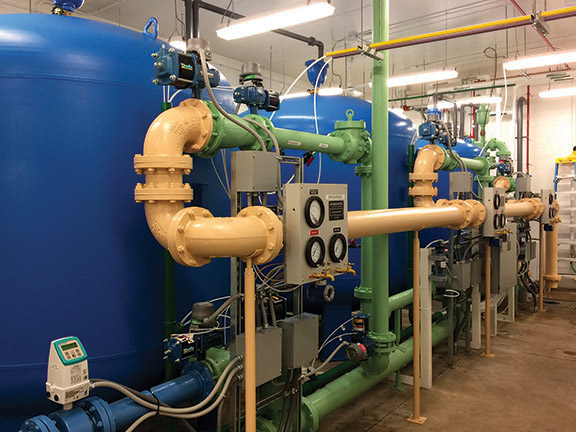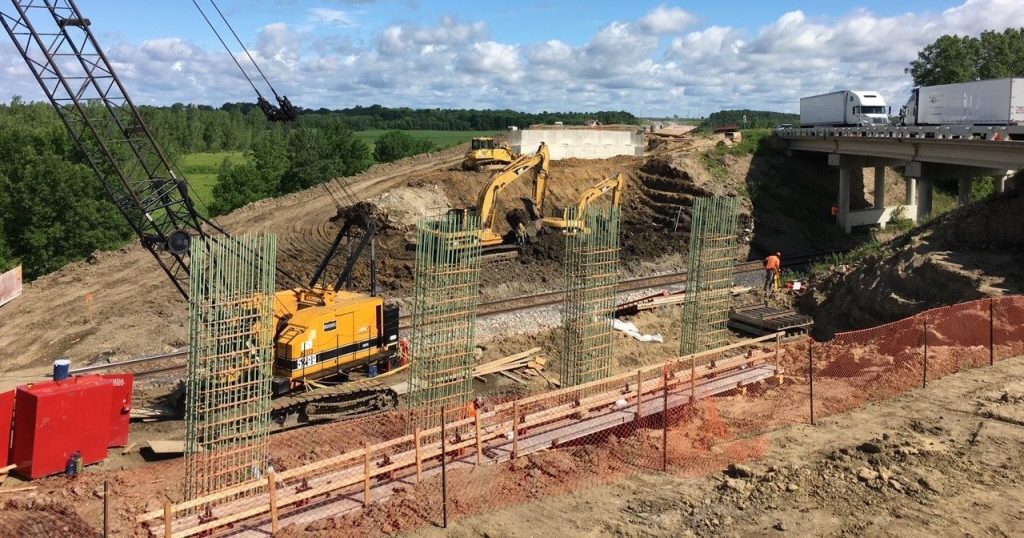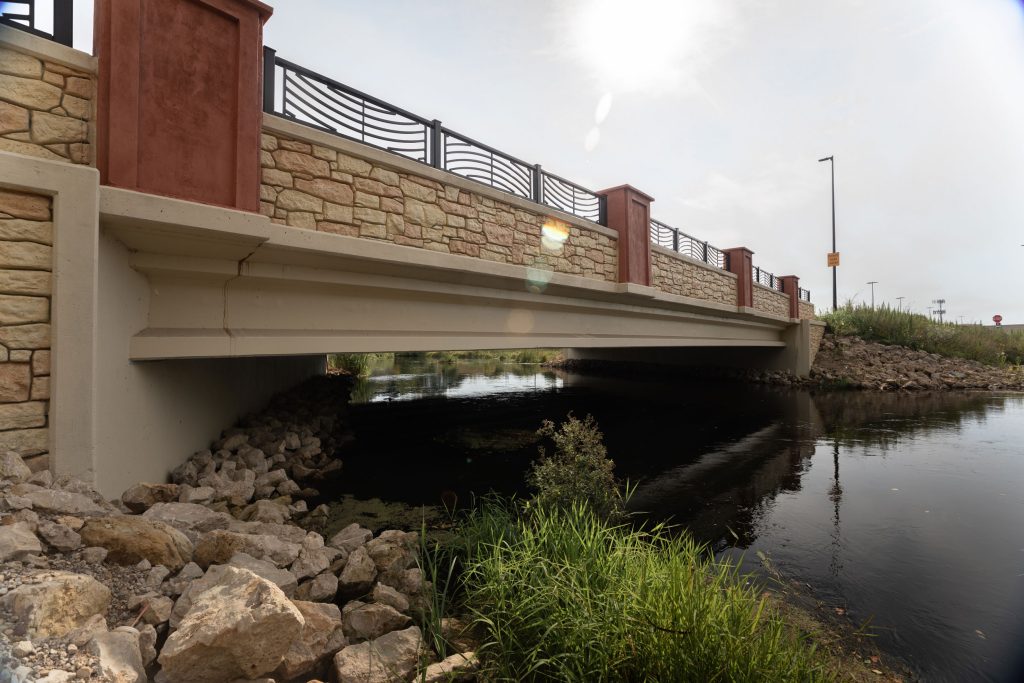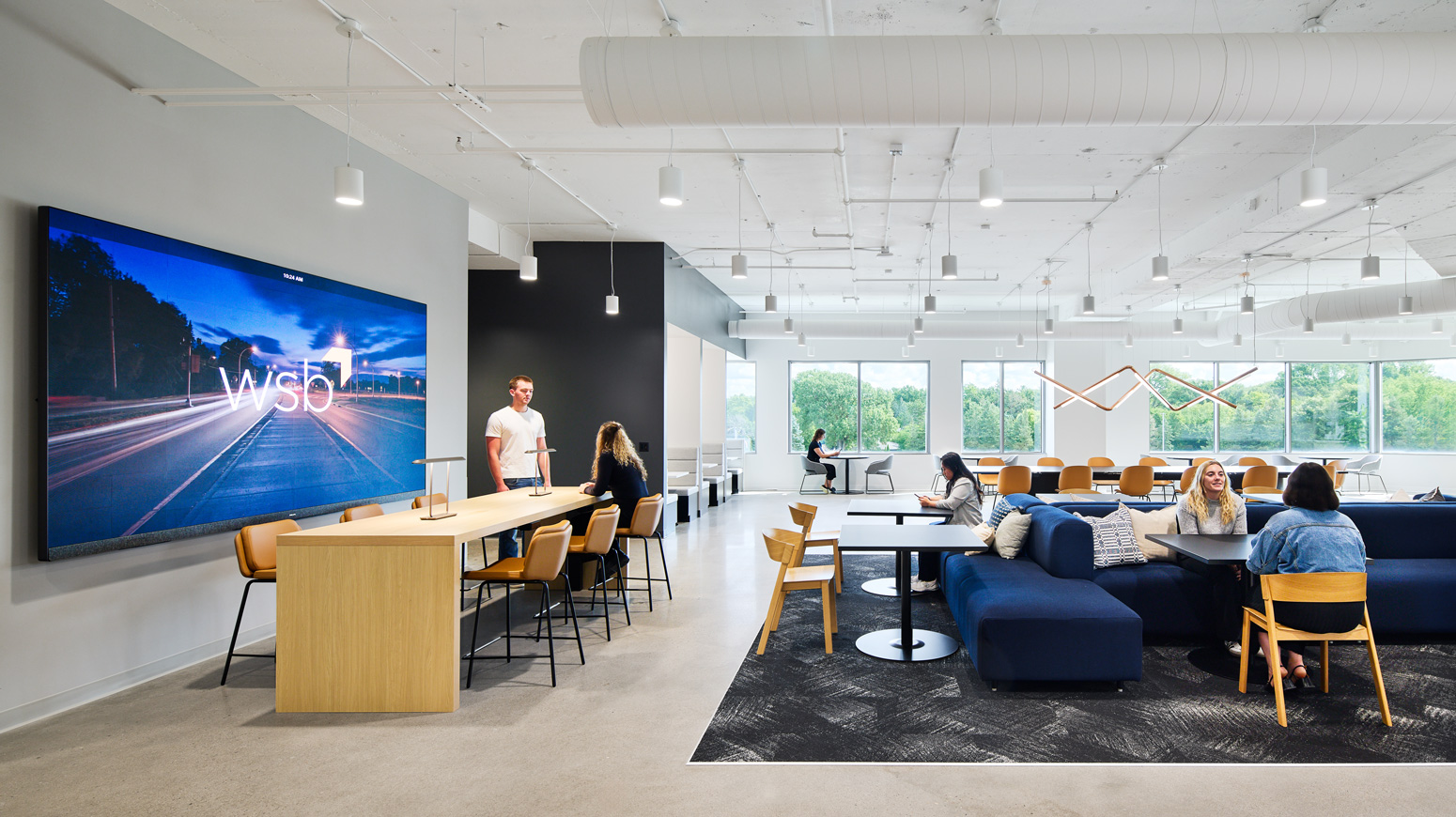Projects
Interchange Operational Improvements on I-44 & US-169
Location:
Tulsa, OK
Expertise:
Community, Construction, Transportation
Services:
City Engineering, Traffic Engineering
One of the three most complex clover leaf interchanges in Tulsa, Oklahoma has been experiencing heavy traffic and operational issues. Going East to North and vice versa at this interchange has posed increased operational difficulties and the merging onto I-44 and US-169 has created backup traffic jams.
This clover leaf interchange cannot be enlarged or geometrically replaced due to its size, environmental, and cost factors. To manage the traffic flow, we are focusing on what can do. Our firm proposed an out of the box solution to address the issues. Instead of building a flyover ramp and bridge that would impose right of way issues, we relocated the Eastbound to Northbound loop ramp onto a new bridge that spans I-44 and the Northbound to Westbound loop ramp, bypassing the old, limited merge area on 169 and dropping that traffic onto an auxiliary lane on northbound US-169. This lengthens the merge distance from a few hundred feet to about ½ a mile. A secondary benefit is it eliminates the weave on Northbound169 between the two existing loop ramps so the Northbound to Westbound traffic can now simply exit onto the remaining loop without any weaving conflicts.
We also reconstructed the opposing direction heavy traffic Southbound to Westbound ramp and extended the merging area onto I-44 from a few hundred feet to over 1/2 a mile and widened that ramp as well. All remaining loop ramps were reconstructed to be wider and have additional shoulders. We resurfaced the service roads along I-44 through the interchange, overall improved the pavement condition. Rehabilitation work performed on the existing bridge included substructure repairs, roadway lighting improvements, expansion joint replacement, and deck surface repairs.




